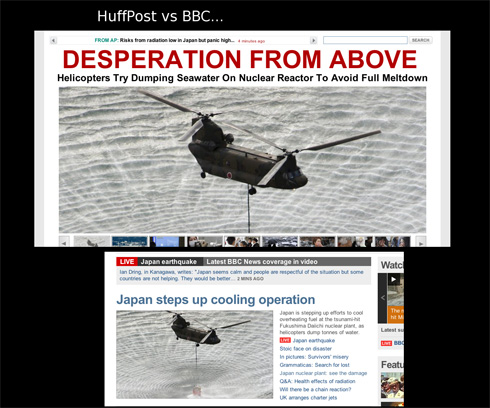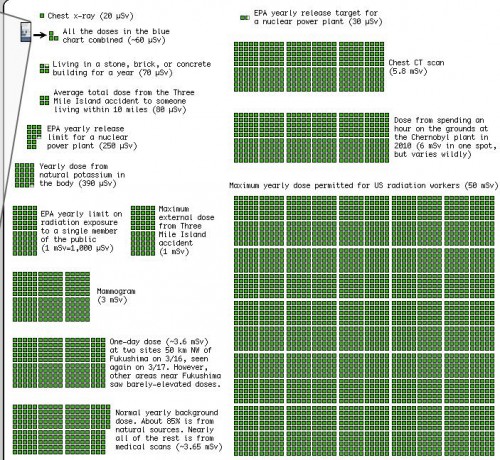Last week we received ten requests* to discuss the furor over a J. Crew ad featuring a 5-year-old boy in pink toenails, with his mom, Jenna Lyons, the President and Creative Director of J. Crew.
Fox News, Media Research Network Center (MRNC), and One Million Moms criticized the ad for supporting a liberal agenda aimed at mainstreaming gender-bending behavior and causing this particular child to be confused about his gender or sexual orientation. Their criticism was picked up by mainstream news outlets, including ABCNews, The Wall Street Journal, CNN, and the Los Angeles Times, who mostly just posed the question as to whether they were correct, while balancing opposing views in support of the idea that painting a son’s toenails pink was consequence-less.
Frankly, I’m not sure what to make of this “furor” (as I called it). On the one hand, the criticism of the ad is a cautionary tale to all companies and a lesson to us all. Here at SocImages, we frequently criticize companies that portray and assert rigid gender roles, especially for boys. But look what happens when a company dares to do something different? Outrage! Accusations! Perhaps we’re short-sighted to imagine that companies can just tell whatever cultural story they want to tell.
On the other hand, perhaps this isn’t a story about advertising, perhaps it’s a story about media more generally. It’s true that there were objections to the ad. But I didn’t find many of them; just a few high-profile examples. Perhaps what really happened was what is sometimes colloquially referred to as a “slow news day.” Only the choir would have been preached to if the criticisms weren’t picked up and highlighted by many more media outlets. And those outlets, as I did above, beg audiences to pay attention to the “furor.” A furor that might have been largely of their own making. Say “hello” to ratings.
These are my thoughts. Yours?
* Many thanks to Katrin, Zoe S., Jeff H., Prof. Mary Reiter, Sara P., Andrew Slater, p.j., Brian K., Ben Y., and Dmitriy T.M. for the submissions!
Lisa Wade, PhD is an Associate Professor at Tulane University. She is the author of American Hookup, a book about college sexual culture; a textbook about gender; and a forthcoming introductory text: Terrible Magnificent Sociology. You can follow her on Twitter and Instagram.



















